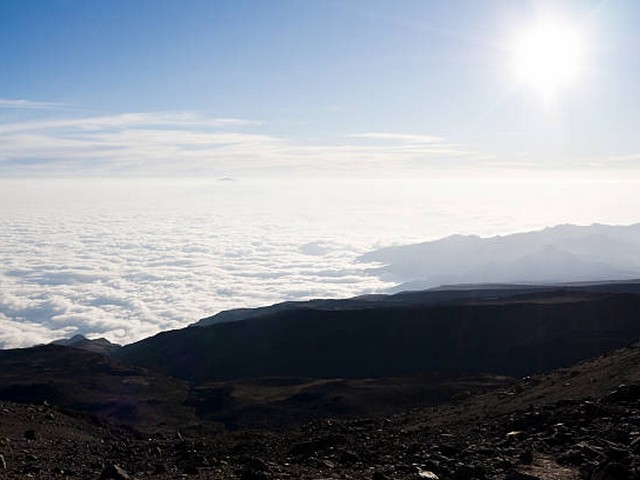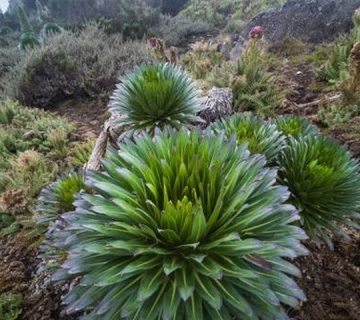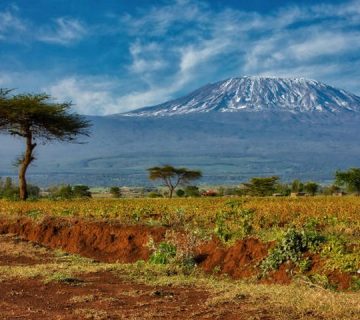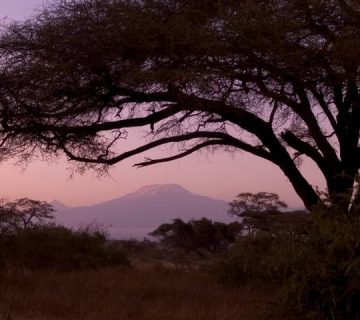Conquering Heights: Understanding the Rongai Route Kilimanjaro Difficulty
When it comes to embarking on a life-changing adventure, climbing Mount Kilimanjaro via the Rongai Route offers a unique blend of picturesque magnificence and personal challenge. This less-traveled path, known for its serene and unspoiled landscape, promises an exhilarating journey to the roof of Africa. At Kilimanjaro Centre for Trekking and Ecotourism (KCTE), we specialize in guiding intrepid explorers to reach their summit dreams safely and enjoyably. In this detailed guide, we’ll explore the Rongai Route’s difficulty, giving you all the insights needed to prepare for this fantastic trek.
What Makes the Rongai Route Stand Out?
Serenity and Scenic Splendor
The Rongai Route approaches Kilimanjaro from the north, close to the Kenyan border. This path is favored for its remote and less crowded trails, offering a peaceful trekking experience. It’s known for its wide, gentle slopes and is considered one of the easiest routes in terms of gradient. However, don’t let the word ‘easy’ mislead you; climbing any route on Kilimanjaro is an enduring endeavor.
Distinctive Wildlife and Vegetation
One of the joys of the Rongai Route is the higher probability of wildlife sightings, including colobus monkeys and a variety of birds, due to its proximity to the Amboseli National Park in Kenya. The route also passes through diverse vegetation zones, from the rainforest to alpine desert, which offers a fantastic ecological experience.
Grading the Rongai Route: A Closer Look at Difficulty
Gradual Ascent: A Double-Edged Sword
The Rongai Route is often recommended for those who prefer a gradual ascent, which is easier on the body and provides more time for acclimatization. However, this also means spending more days on the mountain, which can increase physical and mental fatigue.
High Altitude Challenges
As with any high-altitude trek, the primary challenge on the Rongai Route is dealing with the reduced oxygen levels. Symptoms of altitude sickness can include headaches, nausea, and general fatigue. KCTE prioritizes acclimatization and safety, incorporating extra days into the itinerary for your body to adjust.
Weather Conditions
Being on the mountain’s northern side, the Rongai Route is somewhat shielded from the main rain belt, offering a drier trekking experience during the rainy season. However, the weather on Kilimanjaro is notoriously unpredictable, and proper gear and preparation remain crucial.
Preparing for Your Rongai Route Adventure
Physical Preparation
Although considered less demanding, preparing physically cannot be overstated. Regular cardiovascular exercises such as running, swimming, or cycling, combined with strength training and hiking, are vital pre-climb activities.
Mental Readiness
The journey to Uhuru Peak is as much a mental challenge as it is physical. Being mentally prepared for the days spent away from home comforts, in varying weather conditions and possibly dealing with altitude sickness, is key.
Gear and Equipment
Packing the right gear – insulated jackets, proper hiking boots, a sleeping bag suitable for low temperatures, and personal medical kits, among others – will make your climb more comfortable and safer. KCTE provides a comprehensive checklist to all climbers upon booking.
Why Choose KCTE for Your Rongai Route Climb?
At KCTE, we are not just guides; we are custodians of your Kilimanjaro dream. Our expert guides are trained to handle the unique challenges of the Rongai Route and are equipped with first aid and rescue procedures to ensure your safety. We believe in responsible tourism and strive to leave the pristine environments of Kilimanjaro as untouched as we find them.
Frequently Asked Questions
Is the Rongai Route suitable for beginners?
Yes, the Rongai Route is suitable for beginners, especially those who may benefit from a gradual ascent and prefer a quieter path.
How many days does it take to climb Rongai Route?
The typical Rongai Route trek is completed in 6 to 7 days, although some may opt for an 8-day itinerary for better acclimatization.
What is the success rate of the Rongai Route?
The success rate is quite high, especially with the longer itineraries that allow for better acclimatization. KCTE maintains a success rate of over 90% for the Rongai Route.
Can I trek the Rongai Route during the rainy season?
Yes, the Rongai Route’s location makes it a favorable option during the rainy season, as it receives less precipitation compared to the southern routes.
Concluding Your Journey to the Summit
Choosing the Rongai Route with Kilimanjaro Centre for Trekking and Ecotourism promises not just a trek but an immersion into the heart of wilderness and endurance. The challenge is real, but with KCTE, your journey will be supported, safe, and incredibly rewarding. Ready to stand atop Africa’s highest peak? Contact us today to book your Kilimanjaro adventure and let the ascent to greatness begin!




